Hendre Lake Green Hay Trial
24th & 25th July 2025 Author Rhodri (Ranger)
Following recent wildflower surveys at Hendre Lake (St Mellons) it was noticed that the two small meadows to the West of the lake were showing signs of improvement from previous years.
Last autumn the meadows were cut and lifted for the first time in many years, and it appears this has helped to reduce the number of rank / dominant species and improved floral diversity.

Hendre Lake .... hay trial site

Hendre Lake Western Meadow (South) [before cutting]
There is still however room for improvement, as no orchid species have been recorded in this area and although historically present, Yellow Rattle (Rhinanthus minor) hasn’t been recorded for several years.
It was decided that these meadows would present an ideal opportunity to test out the Green Hay method of seeding existing wildflower meadows.
This method essentially takes a selected amount of wildflower seeds from flower-rich sites and redistributing it to nearby areas. Enabling greater seed dispersal in areas which have numerous geographical barriers, whilst maintaining local seed provenance and increasing the chance of greater floral diversity.
Two sites within Cardiff were selected as seed sources for this trial. Firstly, the Conservation Meadow at Forest Farm, Whitchurch presented a good opportunity to extract Yellow Rattle. A warm Spring and Summer has meant that the species has had a good year, and for the first time it could be found in all areas of the meadow. A Logic MSH420 Seed Harvester was used to harvest Yellow Rattle from this area, providing a large seed mix for use.
The second site selected was Grangemoor Park, Grangetown. This site was selected for its diversity of orchid and wildflower species. Pyramidal (Anacamptis pyramidalis), CommonSpotted (Dactylorhiza fuchsia), Bee Orchid (Ophrys apifera) and Southern Marsh Orchid (Dactylorhiza praetermissa) are all present and abundant on site.
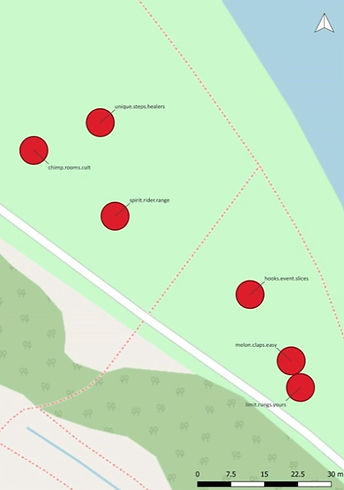


Six sections (approximately 10m²) were cut using the Koppel Compact Comfort at Hendre Lake.
Three in the Northern half and three in the Southern half.

Volunteers then raked up the arisings and moved them to an area on the edge of the meadow, bordering some scrub and where there was good light. These cuttings should make ideal habitat for grass snakes and a variety of invertebrates

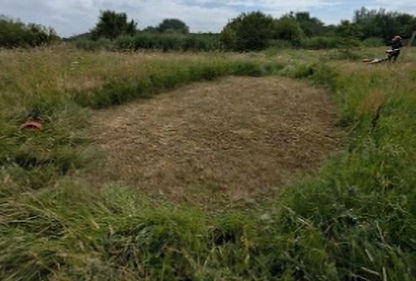
Following this, the grass was cut using a Cramer Lawn Mower to expose bare soil patches and remove as much of the thatch and remaining arisings as possible.
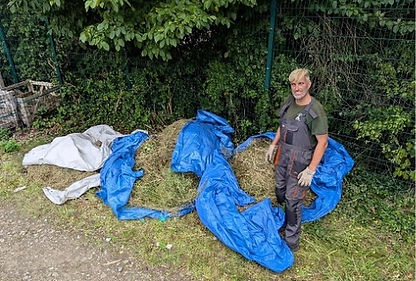
Once the ground was prepared, we extracted the Yellow Rattle seeds and Green Hay from the other two sites.
These were then transported and evenly distributed over the six cut sections.
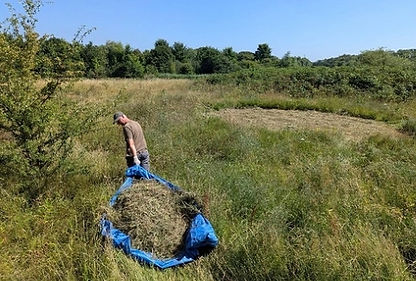
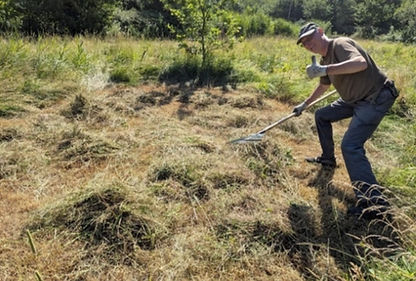
The meadows are due for a cut and lift again this autumn. However, we will avoid cutting these areas again. This is to minimise disturbing and extracting any Green Hay and redistributed seeds.
They will be continually monitored in the coming seasons, and the process will be repeated at this meadow for the next 3 years.

